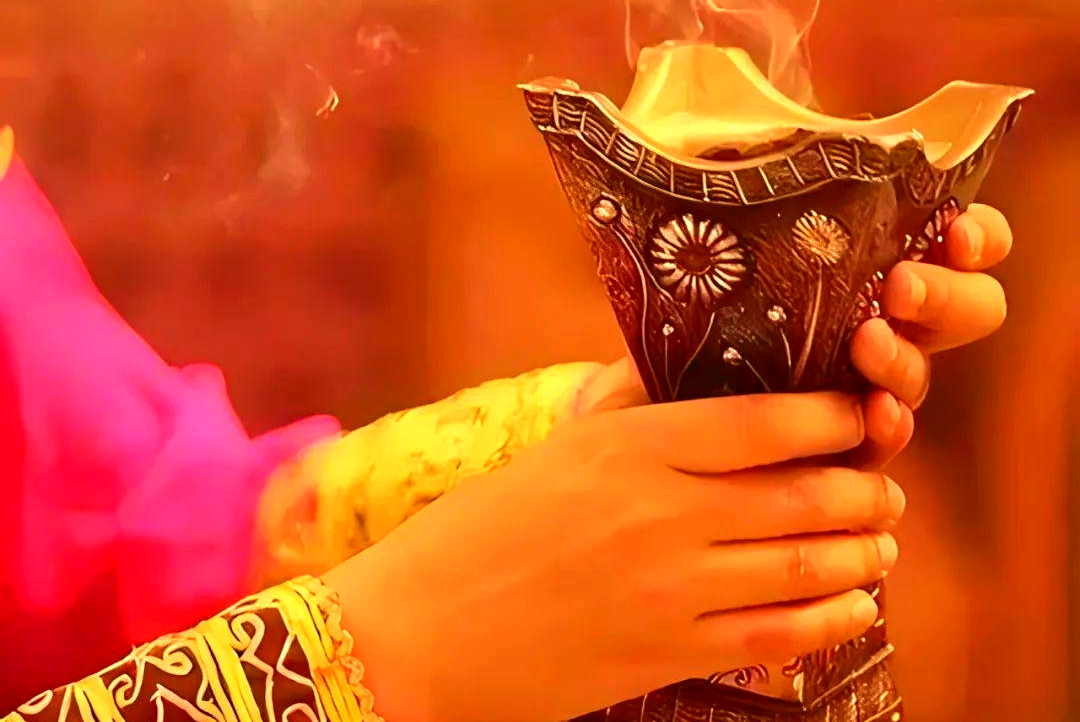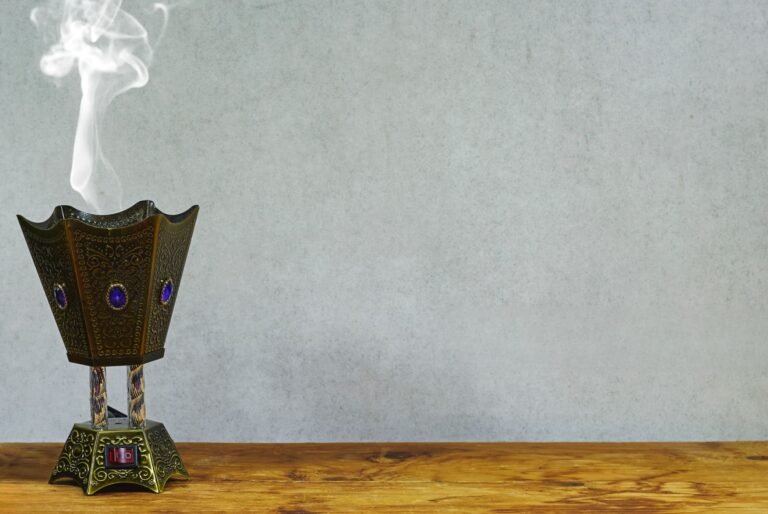Introduction: Middle Eastern Agarwood—The Soul’s Breath in the Desert
On the ancient land bridging three continents, agarwood is not merely a spice but a millennia-old cipher of civilization. As the birthplace of Islam, Saudi Arabia’s agarwood culture carries multifaceted imprints of religion, trade, and daily life. People often ask: “Do all Saudi households burn agarwood?” Behind the answer lies a thousand-year-old story of incense tradition in desert oases.
I. Tracing the Roots of Middle Eastern Agarwood Culture: From the Frankincense Trail to Arabian Nights
1. Ancient Spice Trade: The Golden Path of Desert Caravans
As early as 2000 BCE, the Arabian Peninsula served as the core hub of the “Frankincense Trail.” Caravans carried Yemeni frankincense and Omani agarwood across the Rub’ al Khali Desert to Mesopotamia, Egypt, and the Mediterranean coast. The Greek historian Herodotus once noted: “Arabia is the land where the whole earth is perfumed.”
Archaeological Evidence: Agarwood burners discovered in the ruins of Petra attest to the sacred role of spices in Nabatean civilization.
2. Agarwood in Religious Rituals: Sacred Flames
- Islam: The Quran repeatedly mentions the sanctity of spices. The Prophet Muhammad said, “Agarwood is a tree from paradise.” During the Hajj pilgrimage, agarwood is burned continuously around the Kaaba in Mecca, purifying the souls of worshippers.
- Judaism and Christianity: The Bible records that the Magi presented Jesus with gifts including agarwood (Matthew 2:11). Agarwood, myrrh, and frankincense together symbolize the Holy Trinity.
II. Saudi Agarwood Culture: The Interweaving of Tradition and Modernity
1. The Social Role of Agarwood: From Aristocratic Symbol to National Memory
- Royal Ceremonies: During the coronation of Saudi kings, agarwood oil is used to anoint the “Sword of Justice.” State banquets always feature agarwood burners, symbolizing nobility and hospitality.
- Daily Life: Affluent families maintain a “Majlis al-Oud” (Agarwood Parlor), centered around a century-old agarwood-carved coffee table paired with silver incense burners, lit thrice daily. Ordinary households burn agarwood during weddings or newborn celebrations, where the fragrance is seen as “clouds of auspiciousness.”
2. Regional Variations and Artisanal Wisdom
- Hejaz Region (Mecca, Medina): Due to pilgrimage traditions, agarwood use is more frequent, giving rise to the “Hajji Incense Ritual”—returning pilgrims must gift agarwood products to relatives.
- Najd Plateau: Bedouin nomads blend agarwood with saffron to create portable incense balms for medicinal and spiritual solace in the desert.
III. Data Insights: The Contemporary Saudi Agarwood Market
| Category | Data | Cultural Significance |
| Annual Consumption | 120 tons (15% of global agarwood trade) | Largest single consumer market globally |
| Price Range | Premium Saudi “Black Qinan”: $8,000/gram | Status symbol surpassing gold |
| Usage Scenarios | Religious rituals (43%), social events (35%), medicinal (22%) | Incense culture permeates all societal layers |
Trend Analysis: Saudi Arabia’s Vision 2030 includes agarwood industry revitalization as part of cultural heritage projects, with domestic plantations expected to expand by 300% in five years.
IV. The Agarwood Question: Do Saudi Families Burn Incense Daily?
Reality Check:
- Elite Households: Jeddah’s seaside villas feature automated agarwood diffusers releasing essential oils daily, with annual consumption exceeding $1 million.
- Middle-Class Families: 72% own at least one agarwood item (bracelets, burners), but only 34% use it daily.
- Traditional Preservation: In remote Al-Ahsa Oasis, artisans still craft “Mibkhara” (perforated brass burners) using millennia-old methods, with patterns embedding Quranic calligraphy.
Cultural Evolution:
The younger generation favors “lightweight agarwood”—sales of portable electronic diffusers and agarwood perfumes surge by 58% annually, reflecting a delicate balance between tradition and modernity.
Conclusion: A Wisp of Agarwood, Half the History of Middle Eastern Civilization
From the camel bells of the Frankincense Trail to the curling smoke of Mecca’s Grand Mosque, Saudi Arabia’s agarwood culture remains a living fossil of Middle Eastern civilization. It is not merely an olfactory pleasure but a testament to the desert people’s eternal pursuit of spiritual purification.
As the Arabic proverb goes: “When agarwood smoke rises, angels linger under the eaves.” On this ancient land, the story of agarwood continues to flow with the sands of time.




